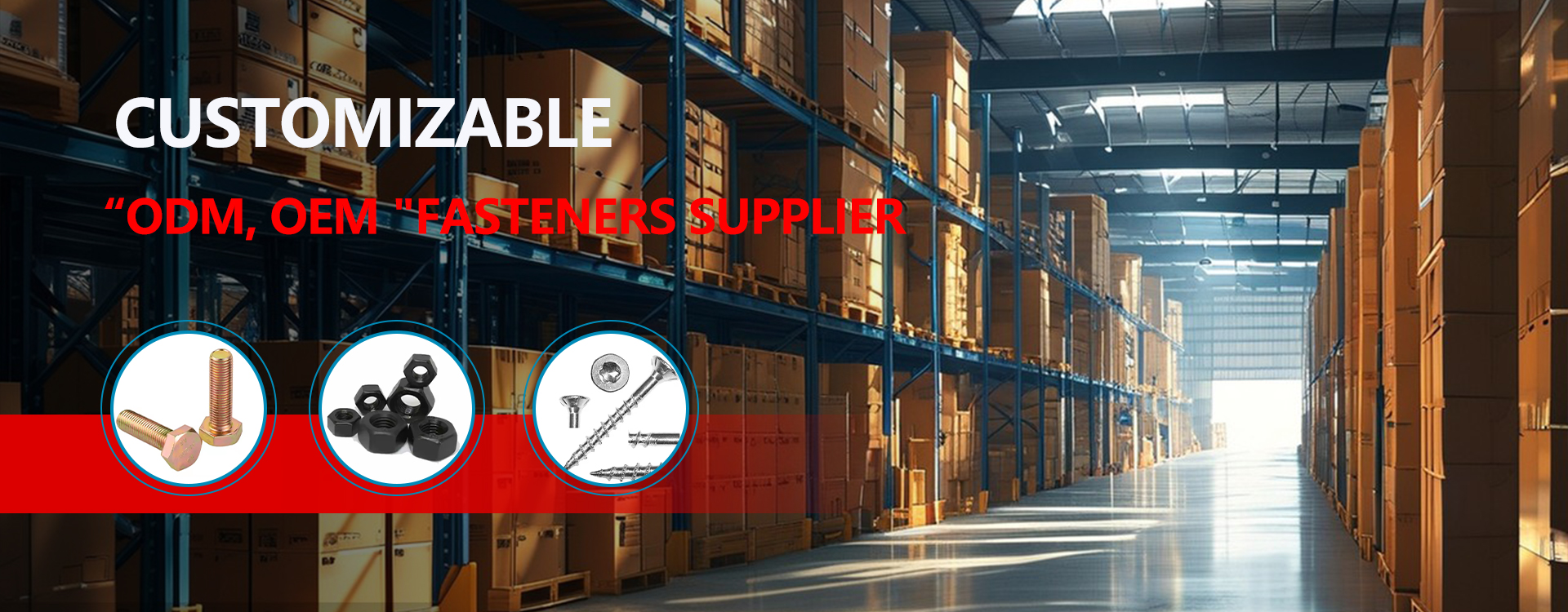

This guide provides a comprehensive overview of sheetrock screws, helping you select the ideal screws for your drywall installation needs. We'll cover different types, sizes, and applications, ensuring you achieve professional-looking results. Learn about screw head types, lengths, and the importance of matching screws to your drywall material and application. Find out which screws are best suited for various projects, from simple repairs to large-scale construction.
The most common sheetrock screw head types include: self-tapping, bugle head, and flat head. Self-tapping screws are designed to create their own pilot hole, making them quick and easy to install. Bugle head screws have a slightly wider head that helps cover the screw hole for a cleaner finish. Flat head screws sit flush with the surface, offering a near-invisible finish. Choosing the right head type depends largely on personal preference and project requirements. For example, bugle head screws are often preferred for their ease of use and superior hiding of the screw head, while flat head screws are best for a nearly seamless finish when filling and sanding.
Sheetrock screws come in various lengths, typically ranging from 1 inch to 3 inches. The appropriate length depends on the thickness of your drywall and the framing material. Generally, a longer screw provides greater holding power and stability. Gauge refers to the thickness of the screw shank, with a thinner gauge offering increased flexibility for curves, while thicker gauges provide greater strength. Using the wrong length can result in a loose screw or damage to the framing.
The type of sheetrock screws you choose will vary based on your project's specifics. For instance, using the wrong type of screw can lead to issues such as stripped screw heads, damaged drywall, or a poor-quality finish.
| Application | Recommended Screw Type | Screw Length (inches) |
|---|---|---|
| Standard Drywall Installation | Self-tapping, Bugle Head | 1 - 1 5/8 |
| Thick Drywall | Self-tapping, Bugle Head | 1 5/8 - 2 1/2 |
| Thin Drywall | Self-tapping, Bugle Head | 1 - 1 1/4 |
| Metal Stud Framing | Self-drilling metal screws | Variable based on stud thickness |
For optimal results, always predrill pilot holes for screws used in hardwood or other dense materials, this prevents splitting. Use a driver with a magnetic screw holder to improve efficiency and prevent dropped screws. Be sure to countersink screws slightly below the surface of the drywall for a smooth, even finish.
Remember to always consult the manufacturer's instructions for the specific type of sheetrock screws you are using. If you are undertaking a large project, it is worthwhile to buy your sheetrock screws from a reputable supplier, such as those found on websites specializing in building materials. Hebei Muyi Import&Export Trading Co.,Ltd is one such supplier that offers a wide range of high-quality building supplies.
Drywall screws are designed specifically for drywall installation, with a sharper point and finer thread for easier penetration and better holding power in drywall. Wood screws, on the other hand, are typically coarser and stronger, suitable for heavier applications in wood.
Use the correct size screw bit and avoid excessive force during installation. Applying too much pressure can easily damage the screw head.
This guide serves as a starting point for your sheetrock screw selection process. Remember to always prioritize safety and use appropriate personal protective equipment (PPE) during installation. Choose the right screws for the job and you'll achieve a superior finish.

Please enter your email address and we will reply to your email.